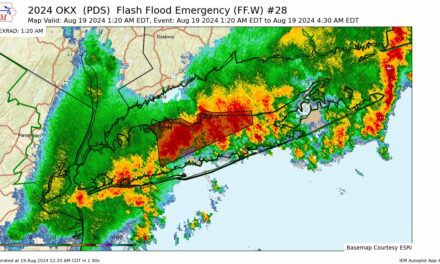Hey gang, studies are showing that the brain drain is hitting Long Island. Let’s keep these young people! How? Let’s build cool downtown apartments. Put them right by the train station. Let’s give ‘em Wi-Fi for their iPads and smartphones. Most importantly: Let’s make them affordable, mixed-use workforce housing that’s sustainable and green. Did we mention you can crowd source where you want it and “like,” tweet and follow how we build it? Cool, right? You know what else is cool? Keeping millennials on Long Island!
What’s that? We can’t? Well, you know whose fault that is? It’s those old, stuffy neighbors. They’re NIMBYs. They don’t want you cool cats to have apartments with flat-screen televisions. They have closed minds and aren’t open to change. Developers and cool new urbanism groups want you to have housing, but it’s the silly local zoning that doesn’t allow for it. Tell your local politicians you want more density. Guess you’ll have to move to Astoria after all. We want you to stay, that’s why we’re trying to build. The only way that you’re going to want to stay is if we build more. Suburban sprawl is uncool; let’s move to a vibrant, revitalized downtown.
Do you smell that? Good. Waft it in.
Unfortunately, here on Long Island, that’s the proverbial smell.
Here is the problem. The loveliness being sold up there is not sustainable. Long Island is at the tipping point, and don’t let anybody tell you any differently.
Planning is not a matter of opinion. Well, sound, urban planning that is driven by scientific data is not opinion. During the early stages of the Carman’s River Protection Plan, it was determined to be an environmental plan. Environmental plans use scientific data and studies to determine the best approach to reach a predetermined goal. This methodology of study and formulation of policy recommendation contrasts with the more atypical community plan.
A community-driven plan assesses the needs of the community and crafts them into a vision of what the area will look like in the coming decades. While scientific studies are used to help drive recommendations, they aren’t the focal point. “Visionings” across Long Island follow this method.
When stakeholders and developers take the wheel, the distinction between the two types of planning efforts is essentially lost. Aquifer studies in the 1970s and 1980s were supposed to set our regional development tone (and did for many years). Our aquifer is regional, thus, all planning efforts on Long Island, by definition, are environmental by default.
You wouldn’t think that though, looking at what’s on our development plate. As the recent approvals granted by Town of Islip to the decades-long stalled Heartland show, Long Island is moving full steam ahead, almost blissfully unaware of the fact that our water quality is severely degraded, and our region has limits. It is one thing for policymakers to tout the importance of water protection, and wholly another to approve subdivision after subdivision at the same time.
You may be thinking, “What about sewers? Can’t you sewer your way out of the problem, as Suffolk County is looking to do?” Perhaps to a point, but the critical infrastructure expansions currently being proposed are costly and relatively small scale compared to the massive scope of what is needed. Unless there is a windfall of funding and public will, we need to rethink our development addiction.
The bottom line is this: In order to achieve truly smart growth that will allow Long Island to withstand demographic shifts, we need to balance our regional environmental, economic and social needs. We need those vibrant downtowns as described above, but they need to be paired with a vibrant economy that is multifaceted. We need the infrastructure to support such growth, and we also need to start taking our water protection seriously. The numbers, studies and trends don’t lie. If we as a region don’t change course, we’re in for a rude awakening.
Anyone who says any different is just continuing to shovel it into the increasingly dirty tide.











